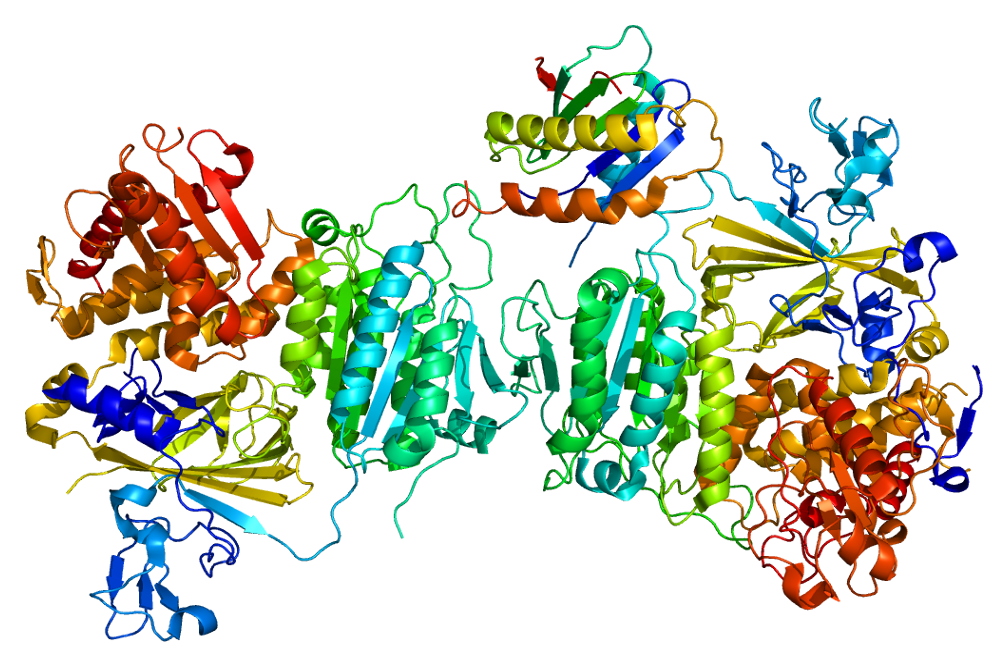Craniolenticulosutural Dysplasia

A number sign (#) is used with this entry because of evidence that craniolenticulosutural dysplasia (CLSD) is caused by homozygous mutation in the SEC23A gene (610511) on chromosome 14q21.
DescriptionCraniolenticulosutural dysplasia is an autosomal recessive disorder characterized by facial dysmorphism, late-closing fontanels, cataract, and skeletal defects (summary by Boyadjiev et al., 2011).
Clinical FeaturesBoyadjiev et al. (2003) suggested the designation craniolenticulosutural dysplasia (CLSD) for a dysmorphic syndrome in 5 males and 1 female in an inbred Saudi Arabian family. The craniofacial features included wide open calvarial sutures with large and late-closing anterior fontanels, frontal bossing, hyperpigmentation with capillary hemangioma of the forehead, significant hypertelorism, and a broad and prominent nose. All affected individuals had Y-shaped sutural cataracts diagnosed by 1 to 2 years of age.
Boyadjiev et al. (2011) reported a 4.5-year-old boy with CLSD who had a characteristic facial appearance as well as clinical and skeletal features similar to those of the original patients described by Boyadjiev et al. (2003). Facial features common to all CLSD patients included high and prominent forehead with increased vascular markings in the area of the open anterior fontanel, similar shape of the eyebrows, obvious hypertelorism, wide and prominent nasal ridge, and anteverted nares, with lateral skull x-rays documenting large and hypomineralized calvaria in the area of the anterior fontanel. However, the eye phenotypes differed, with esotropia, bilateral optic atrophy, and double-ring sign of the lens present in the new case, but no cataract detected by 4.5 years of age. Other previously undescribed features included macrocephaly, anterior frenulum linguae requiring frenulectomy, bifid uvula, cleft palate, gastroesophageal reflux with postnatal failure to thrive, valvular pulmonic stenosis, and osteopenia.
MappingBy a genomewide scan, Boyadjiev et al. (2003) found linkage of craniolenticulosutural dysplasia in a Saudi Arabian family to chromosome 14q13-q21; the maximum 2-point lod score, assuming recessive inheritance, was 4.58 at theta = 0.0 with marker GATA126A04. Haplotype analysis narrowed the disease locus to a region of approximately 7.26 Mb.
Molecular GeneticsIn affected members of a Saudi Arabian family with CLSD, Boyadjiev et al. (2006) identified a homozygous missense mutation in the SEC23A gene (F382L; 610511.0001). SEC23A is an essential component of the COPII-coated vesicles that transport secretory proteins from the endoplasmic reticulum to the Golgi complex. In fibroblasts from individuals affected with CLSD, a gross dilatation of the endoplasmic reticulum was demonstrated by electron microscopy and immunofluorescence. These cells also exhibited cytoplasmic mislocalization of SEC31 (see 610257).
In a 4.5-year-old boy with CLSD, Boyadjiev et al. (2011) identified heterozygosity for a paternally inherited missense mutation in the SEC23A gene (M702V; 610511.0002); no mutations were identified in the coding region or 5-prime or 3-prime UTR of maternal SEC23A, and SNP and RT-PCR analysis excluded deletion of the maternal allele. Cultured skin fibroblasts from the patient showed a severe secretion defect of collagen with enlarged endoplasmic reticulum (ER); milder collagen secretion defects and ER distention were present in fibroblasts from the clinically unaffected father, indicating that an additional mutation was present in the proband. Boyadjiev et al. (2011) suggested that digenic inheritance might be involved in CLSD; RT-PCR DNA sequencing of the SEC23B (610512), SEC31A, and SEC13 (600152) genes revealed no mutations.
Exclusion Studies
Boyadjiev et al. (2003) performed sequence analysis of the PAX9 gene (167416) in members of the Saudi Arabian family with CLSD and found no mutations.